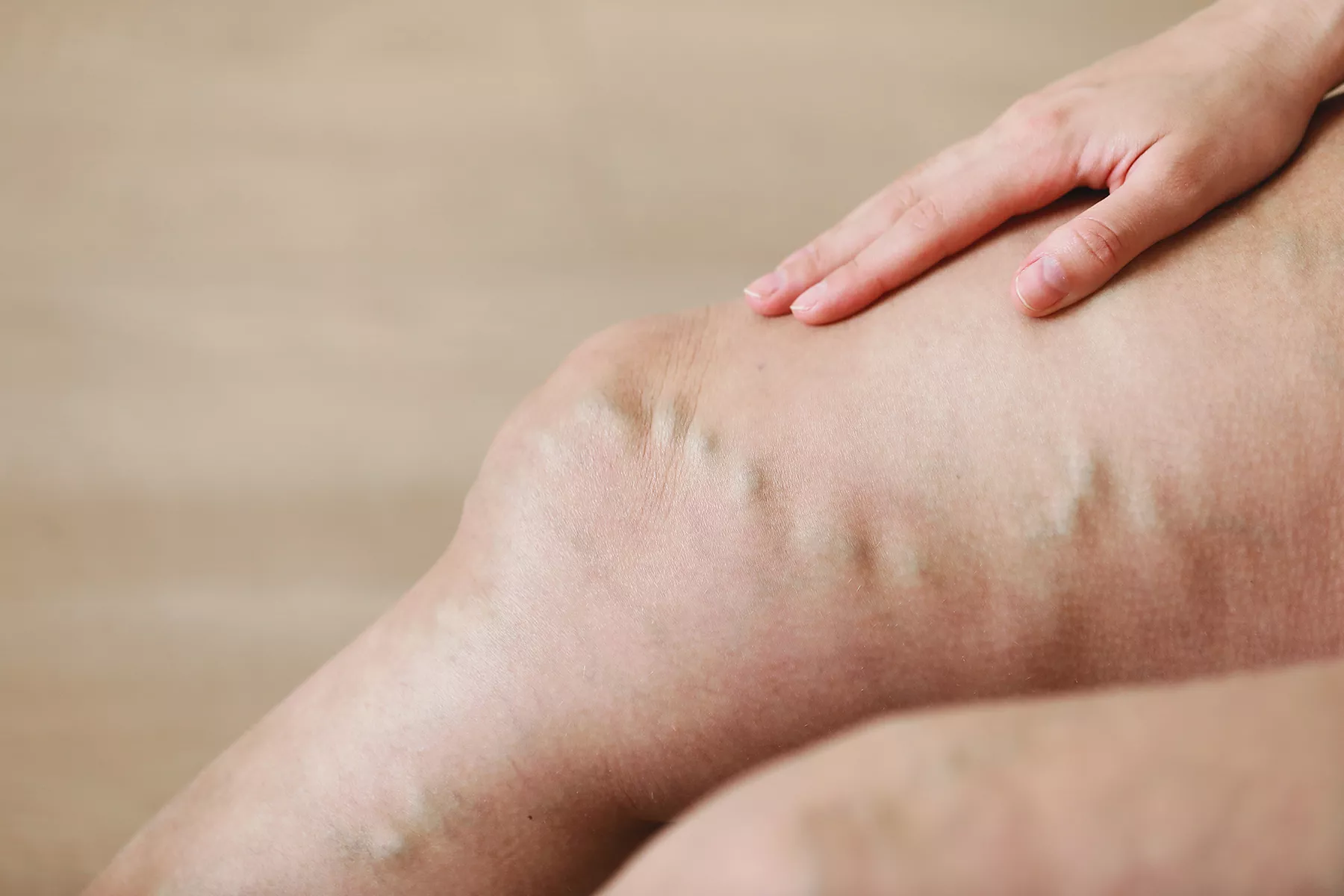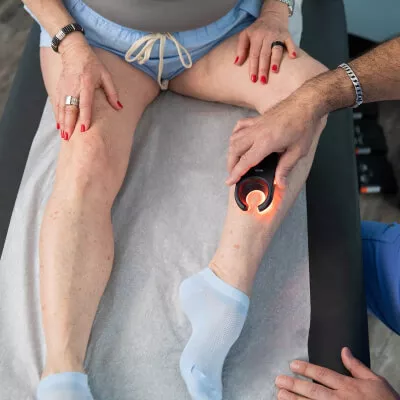It is reported that up to 30 million people in the United States may have vein disease. Vein issues can escalate quickly, turning into an emergency situation that requires immediate medical attention. In this post, we'll explore some potential emergency vein disease situations, from deep vein thrombosis to pulmonary embolism, and how to recognize the critical warning signs. We'll also cover the diagnostic procedures and acute vein care used in emergency settings, the range of treatment options available, and practical tips for prevention. Understanding these critical vein conditions can empower you to take swift action and protect your health!
Key Takeaways
- Sudden leg pain and swelling are red flags.
- DVT and PE are life-threatening conditions.
- Early diagnosis and treatment are essential.
- Lifestyle changes can help reduce the risk of vein emergencies.
Common Emergency Vein Conditions
Let's talk about some of the possible urgent vascular emergency conditions that can develop as a result of vein disease.
Deep Vein Thrombosis (DVT)
Those with varicose veins are at a higher risk of developing complications like DVT. DVT can develop when a blood clot forms deep in your leg, causing pain and swelling. It can become a very serious health condition because of the possibility that the clot could travel to other locations in the body.
Phlegmasia Cerulea Dolens
Phlegmasia Cerulea Dolens is a rare form of DVT that occurs most often in the upper leg. As a severe form of DVT, blood flow becomes severely restricted, causing intense pain and bluish discoloration of the leg.
Pulmonary Embolism
A pulmonary embolism is another potential, as well as dangerous, complication of DVT, when a clot breaks off and travels to the lungs. It's a life-threatening condition needing immediate medical attention.
Limb Ischemia
Limb ischemia is the sudden blockage of arterial blood flow to the limbs (arms or legs), caused by narrowing or compression of the arterial walls.
Septic Thrombophlebitis
Septic thrombophlebitis occurs when there is a thrombus in the presence of a bacterial or fungal infection within the vein. With the infection being in the vein, it gives way to the infection's ability to spread and possibly become systemic (spread throughout the body).
Venous Stasis Ulcers and Cellulitis
When Chronic Venous Insufficiency (CVI), a condition that occurs when your veins aren't able to pump blood back to your heart efficiently, goes untreated, it can lead to two more serious vein conditions: venous stasis ulcers and cellulitis.
Venous stasis ulcers are open sores on the skin caused when capillaries burst due to CVI. When these ulcers don't heal, they may become infected, and spread to nearby tissue, causing cellulitis.
Warning Signs and Symptoms
How do you know if you're dealing with a vein emergency? These are some of the red flags to watch for:
- Sudden, intense leg pain or tenderness
- Unusual swelling in one leg
- Redness or warmth in the affected area
- Skin that looks bluish or discolored
- Shortness of breath or chest pain (especially with leg symptoms)
If you experience any of these, don't wait, as time is of the essence. Consult your physician or vein specialist immediately or go to the ER for diagnosis and urgent treatment.
What to Do if You Suspect a Vein Emergency
If you think you're having a vein emergency:
- Immediately call your doctor or 911.
- Stay calm and follow their instructions.
- Elevate the affected leg to reduce swelling.
- Apply gentle pressure if there is bleeding.
- Don't rub or massage the affected area.

Diagnostic Procedures
When you are seen by a doctor, they will need to figure out what's going on quickly in order to take the right course of action. They might use:
- Ultrasound: This is like a radar for your veins, showing blood flow and clots.
- CT Scans: These give detailed pictures of your veins and lungs, especially for a suspected pulmonary embolism.
- Blood Tests: These check for clotting factors and can rule out an infection.
Treatment Options
Once diagnosed, your vein specialist can develop a personalized treatment plan for you, which may include:
- Anticoagulants (Blood Thinners): These help to prevent clots from getting bigger and new ones from forming.
- Thrombolysis: When medication is used to dissolve the clot quickly.
- Catheter-Directed Therapy: A tiny tube is guided to the clot to deliver medicine directly.
- Surgery: In severe cases, emergency vascular surgery might be needed to remove clots or repair damaged veins.

Risk Factors and Prevention of Vein Emergencies
Who is most at risk for vein disease emergencies? There are a number of factors that may play a part, including:
- Age (older adults are more susceptible)
- Obesity
- Prolonged immobility (like long flights or bed rest)
- Smoking
- A family history of blood clots
In addition to following a treatment plan from your vein doctor, here are some tips you can try at home to keep your veins happy:
- Stay active and move regularly
- Maintain a healthy weight
- Stay hydrated
- If you're traveling, get up and walk around every hour
Conclusion
Emergency vein diseases are serious, but with quick action, you can protect your health. Being proactive about your vein health is one way to prevent an urgent vein situation from developing. Schedule a free consultation with our vein specialists today to get a personalized assessment and treatment recommendations.
Frequently Asked Questions
What are the early warning signs of an emergency vein condition?
Early warning signs include sudden leg pain, swelling, redness, and warmth.
How is deep vein thrombosis diagnosed quickly in emergency settings?
DVT can be diagnosed using ultrasound and blood tests.
What treatment options are available for life-threatening conditions like phlegmasia cerulea dolens?
Urgent treatment options include thrombolysis, catheter-directed therapy, and surgery.
When should I seek immediate medical care for vein-related symptoms?
If you experience sudden, severe vein disease symptoms like leg pain, swelling, shortness of breath, or chest pain, you should seek immediate medical attention.

Dr. Philip LoPresti
Meet Dr. Philip LoPresti DO, DABVLM, FACS, a board-certified vein specialist and surgeon with over 20 years of experience. Schedule an appointment with him in Queens, NY today.
Meet Dr. Philip LoPresti
Trusted insight from the nationally accredited, board-certified vein doctors at Metro Vein Centers.







